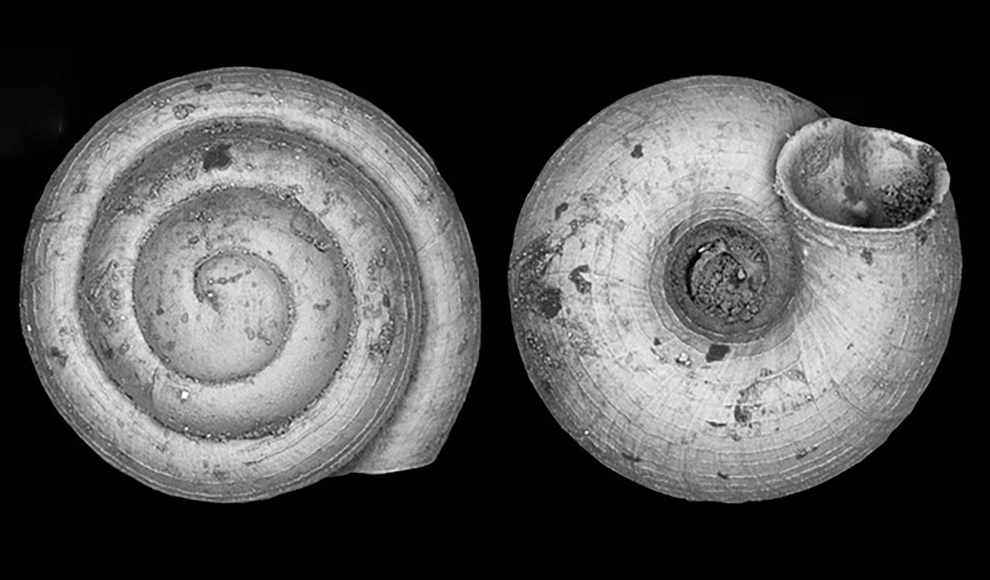In a groundbreaking discovery, researchers from the Senckenberg Research Institute have found the world’s smallest known land snail in cave sediments in Northern Vietnam. The snail, named Angustopila psammion, has a shell height of only 0.46 to 0.57 millimeters, making it smaller than an average sand grain. The snail’s tiny size allows it to survive by being practically invisible to predators. The researchers believe that the evolutionary secret of Angustopila psammion lies in its ability to find enough space and food in niches that are too small for other animals.
The discovery of Angustopila psammion is significant because it sheds light on the diversity of life on Earth and the ability of organisms to adapt to their environment. The researchers also discovered another unusual snail species, Angustopila coprologos, in Northern Laos. This snail is also very small, measuring only 0.49 to 0.58 millimeters, and is unique in that it decorates its shell with fecal pellets arranged in radial patterns. The researchers speculate that the pellets may serve as camouflage or a means of partner recognition, or they may help the snail conserve moisture.
According to Adrienne Jochum, the lead researcher on the project, the discovery of these tiny snails highlights the importance of protecting biodiversity and the need for further research into the world’s smallest organisms. The researchers hope that their findings will inspire others to explore the hidden world of microorganisms and the unique adaptations that allow them to thrive in their environments.










